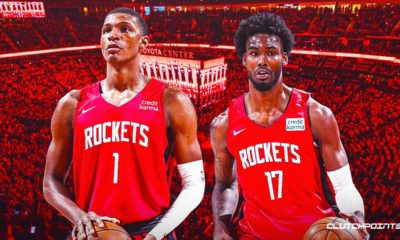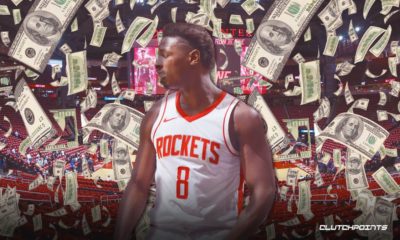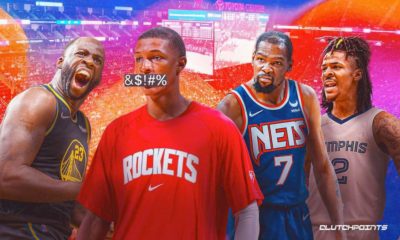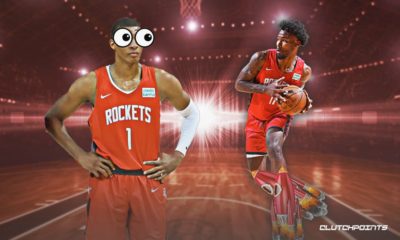Rockets
How James Harden dissected the Wolves with pick-and-rolls in Game 1
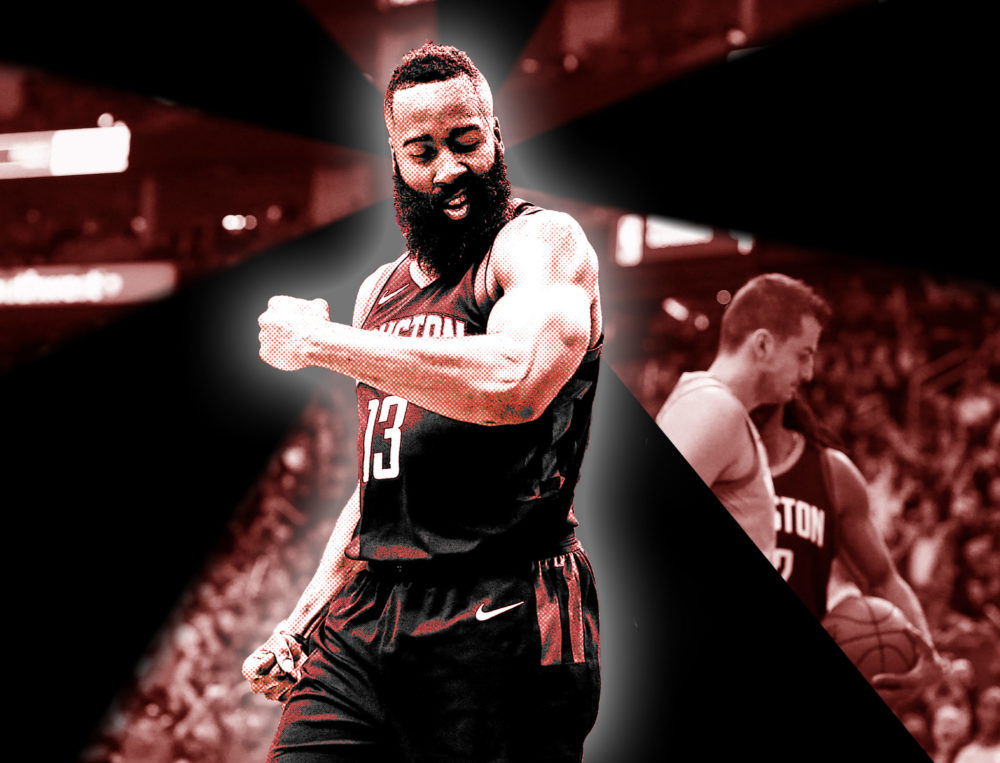

There comes a point in every superstar’s career where that mystical “it” clicks. Countless reps and film study, combined with natural know-how begets a certain calm in a player.
The shift from reactor to manipulator is empowering. From an opponent’s perspective, the only thing more frightening than a player skilled enough to beat whatever’s thrown at them, is a player that has those scenarios — and counters — downloaded and ready to roll before he even sees them.
James Harden’s Game 1 performance against the Minnesota Timberwolves was the embodiment of that shift. The Wolves applied pressure and toggled through different coverages, but it made no difference. Harden was ready for everything, picking apart the Minnesota defense to the tune of 44 points and eight assists.
The Houston Rockets needed every ounce of Harden’s brilliance in this one. Aside from Clint Capela (24 and 12 with three blocks to boot), nobody else played to their average level, much less stepped up. Chris Paul gave the haters plenty of ammo with a four-assist, six-turnover showing. Eric Gordon (seven points on 3-of-10 shooting) didn’t give his usual punch off the bench. Nobody aside from Harden (7-of-12) could get going from beyond the arc. The rest of team combined to shoot 3-of-25 from trifecta land.
When it mattered most, the ball went to Harden — then it went into the hoop. Thirteen of Harden’s 44 points came in the fourth quarter. Most of those buckets came against Jimmy Butler, an elite defender and a star in his own right. But beyond the numbers, what stood out most about Harden’s performance was how in-control he was. He missed some shots, but it wasn’t because he didn’t get the looks he wanted. He dictated the game from the opening tip to the final buzzer. Let’s take a closer look at how he was able to take over.
Getting busy in pick-and-roll
The Timberwolves mostly played “drop” coverage against Harden. The guard was tasked with fighting over the screen and staying connected to Harden, while the big would drop to prevent a free dive to the rim from the big or a drive from Harden. The decision was a sound one in theory. Butler is one of the best on-ball defenders in basketball, and the conservative scheme would keep Karl-Anthony Towns near the rim instead of in space.
The Harden-Capela pick-and-roll gave Minnesota fits because Harden was able to turn the corner on a consistent basis. Harden’s great at getting downhill on his own. Tack on some angled screens set by Capela, and we saw plenty of 2-on-1 opportunities. Harden picked on Towns a good bit, forcing him into pick-your-poison decisions. If Towns came up too high, James Harden was throwing the lob. If he didn’t commit quick enough, Harden was taking it to the rack.
You can see an example below. The Rockets are in semi-transition as Harden dribbles up the left side of the floor. Minnesota goes to a bit of an ICE look here — Jeff Teague is trying to force Harden baseline — but Harden quickly crosses to the middle to create a 2-on-1. Towns steps up to contain the drive, then Harden hits Capela for the easy bucket:
This actually is an ICE look from Minnesota. Harden is able to get Andrew Wiggins off balance with a left-to-right behind-the-back dribble before darting inside. He jukes to his left, forcing Towns to commit, before tossing the lob to Capela again:
Here, Harden snakes around the high pick and high-tails it to the rim.Towns doesn’t commit fully to contesting the shot, probably worrying about getting got by Harden on the dime. Harden takes advantage, finishing with the lefty scoop.
Even on the rare occasions Minnesota was able to take away the top two options, Harden was able to make the third read. You can see that below. Harden receives a good screen from Capela before snaking into the lane. Butler is on his hip as he leaps, and Towns does a solid job of contesting. However, Harden knew that Taj Gibson had dropped from the corner to “tag” Capela on the roll, leaving PJ Tucker open in the corner. Just look at this dime.
When Houston went to their guard-heavy pick-and-rolls, the Wolves went with a show-and-recover scheme instead of switching. In theory, it’s a way to thwart a drive to the basket without having a weaker defender stuck on an island. Harden was ready for that, too.
Here, Harden and Gerald Green get set to run some two-man action. Jamal Crawford, an awful defender, ventures out to “show” on the screen. Harden reads that, fakes towards Crawford before spinning inside. In half a second, Harden loses Rose (thanks to Green flipping the screen at the last second) and forces Crawford out of the play. Towns isn’t able to rotate over fast enough to stop the drive, and Harden gets a wide-open dunk.
A little later, Harden and Green hook up again. This time, Harden follows the screen all the way through. As Crawford “shows”, Harden slips a behind-the-back bounce pass to Green on the pop. The pass wasn’t great, but Green got it with plenty of room to attack.
Frankly, it didn’t matter what the Timberwolves did against Harden. He read what was happening and often dictated what Minnesota would do before they did it. Harden generated 21 points in the 20 pick-and-rolls possessions that ended in a shot, foul or turnover. That level of pick-and-roll efficiency — 1.05 points per possession — would’ve been a top-10 mark among high-volume maestros, slightly ahead of his teammate Chris Paul (1.048).
The scary part for Minnesota: that number was actually low considering how poorly Houston shot from three. The Rockets have one of the best pick-and-roll back courts in the NBA and Minnesota is going to need to tighten up their coverages in Game 2 if they hope to tie the series.
The post How James Harden dissected the Wolves with pick-and-rolls in Game 1 appeared first on ClutchPoints.






